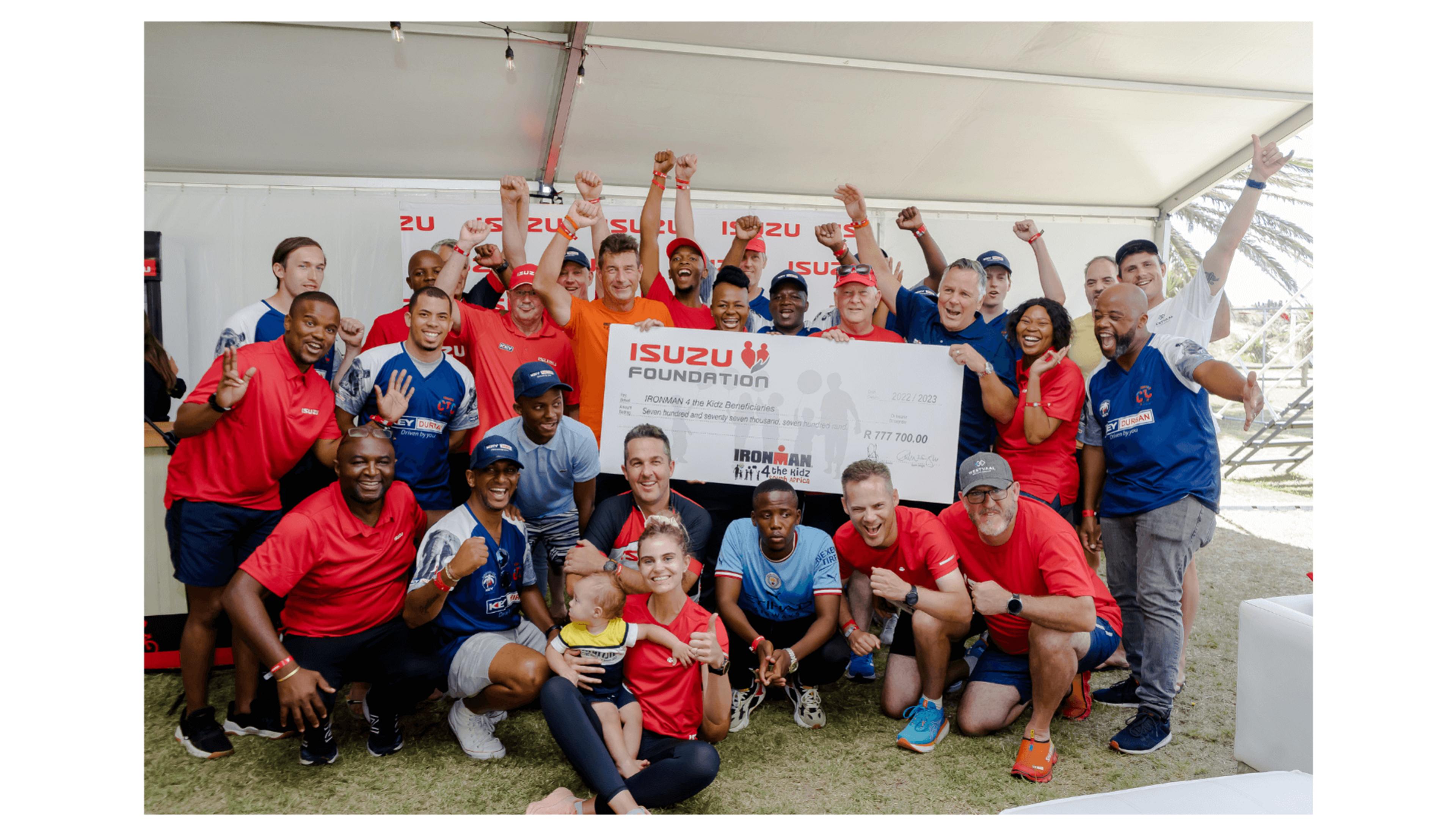This week, ISUZU Motors South Africa hosted a Careers Day for Grade 11 and 12 learners at its Gqeberha Assembly Plant in Port Elizabeth.
A total of 64 learners, from various schools and socio-economic backgrounds, were exposed to the vast number of career opportunities available at a global vehicle manufacturer and provided a valuable platform to engage with employees who operate in different fields within the organisation.
ISUZU is cognisant that in 2021 thirty-six of every 100 learners passed matric, and only 14 of those qualified to attend university; over the course of a four-year degree, there is a 33% dropout rate among enrolled students.
ISUZU Motors South Africa Senior Vice President Human Capital & Corporate Affairs, Mongezi Hermans says, “The automotive industry is about so much more than just building cars. Much like an engine, there are several components or parts that keep the engine of our business running - Electrical, Industrial, and Mechanical Engineering, Product Design, Manufacturing, Finance, Information Technology (IT), and Supply Chain Management, to name a few. The learners were exposed to information about all these possible career paths at Isuzu, some of which they hadn’t been aware of, or even considered yet.”
The learners were also treated to tours through the production facility to view the vehicles and engines manufactured and assembled on-site.
“Student success is about more than ability; true success requires an integrated, holistic student-centric approach that takes personal well-being, environmental and socioeconomic context, and institutional and societal support into consideration,” explains Hermans.
Aligned with the South African government's theme of “Promoting sustainable livelihood and resilience of young people for a better tomorrow”, ISUZU acknowledges and appreciates the contributions being made by young people towards the advancement of the country. “The youth are the future and ISUZU remains resolute in creating a supportive environment that will continue to develop the youth and our future leaders,” concludes Hermans.





